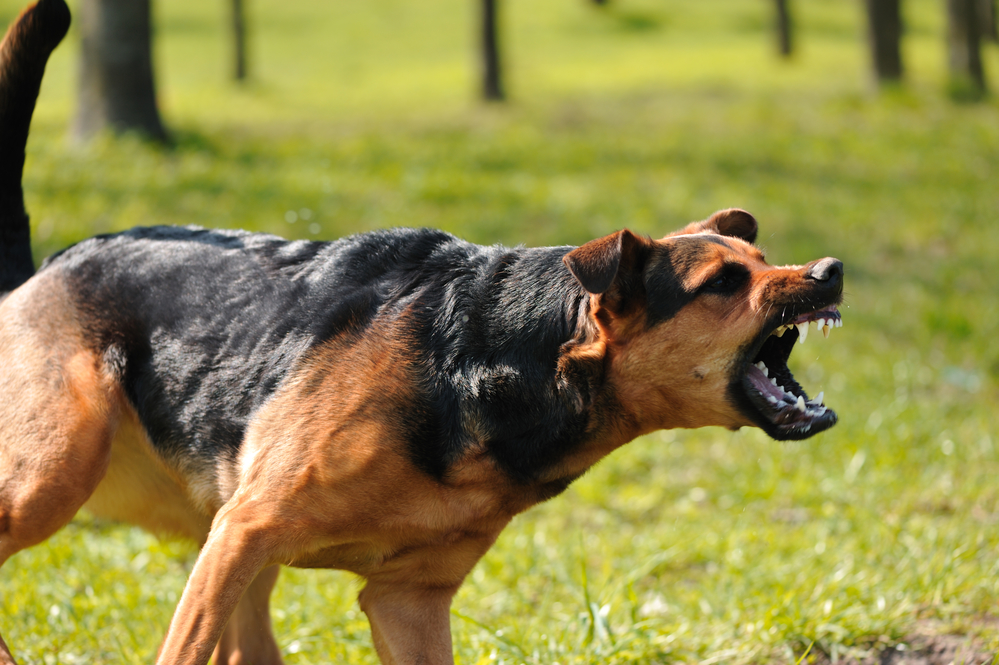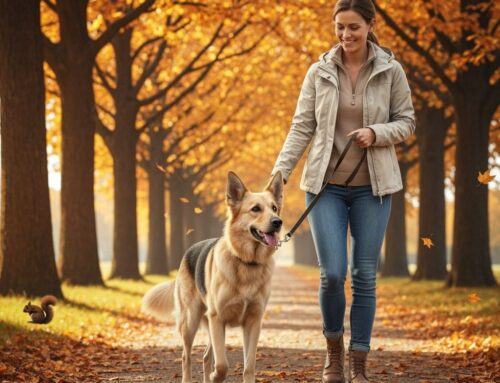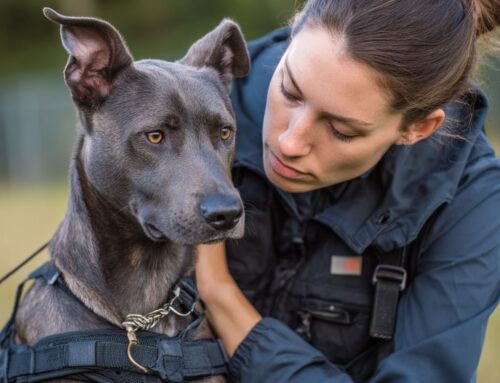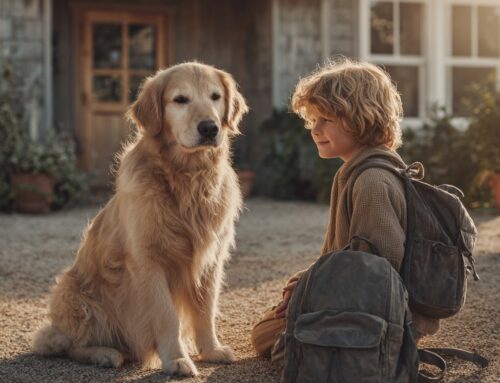Understanding dog aggression can sometimes be complicated especially when the situation escalates within a short period. In some cases, dogs are fine at home but display frustration aggression when out on a walk.
Another term for this is called leash aggression.
There are various reasons for frustration aggression. At any rate, it can be a super stressful situation. So, what is a pet parent to do?
Rule Out Pain and Other Health Issues
Making sure a dog is not in pain or has underlying health issues should always be on the checklist. As mentioned in our first part series of fear aggression in dogs, it’s important first to assess if a dog is any pain. If this is not the case, then the next step is trying to understand this type of aggression.
If pain is not the issue, the next step is figuring out if the aggression is coming from fear, frustration or both.
When Dog Owners Need Help with Dog Aggression
When people are faced with aggression issues with their dogs, it can turn into a very stressful situation. Pet parents have done their homework, read articles online, but still, have issues despite their efforts.
“Many phone calls I get have to do with dog aggression,” said Performance K9’s owner and dog trainer, David Greene. “So many people are surprised to learn that a high percentage of my board and train cases are geared toward dog aggression. Trust me, they are not alone.”
Greene said that during a training consultation, it’s important for him to understand when a dog first displayed this aggression. Other things he wants to know is if the aggression issues are consistent or periodic and how dog owners deal with the situation in the heat of the moment.
Understanding Frustration Aggression
Like dog aggression stemming from fear, there are various reasons why dogs may act out due to frustration aggression. Examples of this type of dog aggression may come from the following:
- A sense of confusion or conflict
- Fighting with neighbor dogs also known as fence fighting
- Forcing a dog to do something they don’t want to do
- Pulling on a leash during a walk which may trigger fear aggression towards other dogs & people
And more…
For Greene, both fear and frustration aggression is a learned behavior.
“Another example of a learned behavior is when dogs bark at postal carriers. Dogs, of course, don’t understand that the postal worker is going to another house to deliver mail – all they understand is that they barked, and the person left,” Greene said. “Dog aggression issues are the same concept – the aggression presented a wanted response and dog will continue until they are guided to understand that this is now an unwanted behavior.”
Steps to Minimize Frustration Aggression
As far as Greene is concerned, polished obedience is the hallmark of solving any behavioral issue. And this includes dog aggression.
With the right obedience training in place, a dog can learn impulse control.
“Through strong obedience skills, your dog will start looking to you and won’t have time to act out in aggression,” Greene said. “It’s crucial that dogs learn that their pet parents are there to protect them and guide them every step of the way.”
Need More Help?
Performance K9 Training can help with dog aggression cases. We offer dogs and their owners with a tailored and comprehensive approach to behavior modification programs which helps address dog aggression. After a “board and train” program, we continue to teach pet parents the skills they need with three private follow-up lessons, resulting in the perfect pet relationship. Contact us now to learn more!








